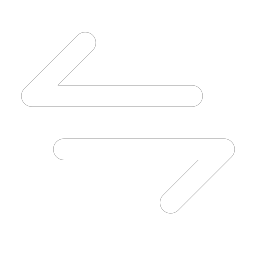Bookkeeping
Accounting for Purchase Discounts: Net Method vs Gross Method

The cost of accepting purchase discounts should be weighed against the cost of alternative methods of financing. While purchase discounts can be useful for sellers, they can purchase discounts accounting also be an expensive form of funding for customers. Therefore, customers must carefully consider the cost of taking advantage of purchase discounts before deciding to do so.
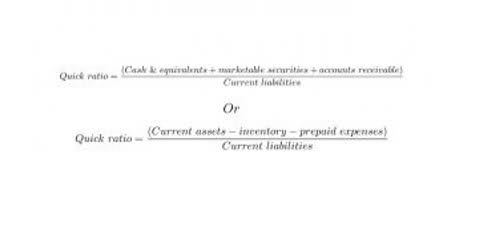
Cash Flow Statement
- This common payment option is contained within the invoicing code “2/10 net 30,” which usually appears in the header line of an invoice.
- Purchase discounts can be a great way to increase sales and boost your bottom line.
- Quantity discount is offered when a customer buys a product in large numbers.
- Ultimately, it’s up to you to decide which one makes the most sense for your business.
- Cash discounts are offered when payment is made within a certain period of time, while trade discounts can be extended to customers who purchase large quantities of a product or to customers with established credit terms.
This content is for general information purposes only, and should not be used as a substitute for consultation with professional advisors. Generally speaking, if one way will require more work to complete but will result in higher quality outcomes, this should definitely be considered in the process. Still, other methods might save time but require more resources or take longer to execute. Choosing the right method for your business is an important task that should not be taken lightly. When it comes to businesses, having the correct methodology in place can mean the difference between success and failure.

Gross Method of Recording Accounts Payable
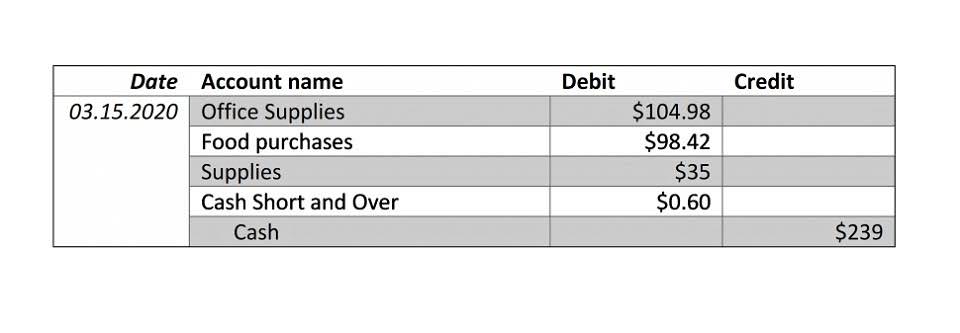
A buyer debits Accounts Payable if the original purchase was made on credit and the payment has not yet been made to a seller. For the past 52 years, Harold Averkamp (CPA, MBA) hasworked as an accounting supervisor, manager, consultant, university instructor, and innovator in teaching accounting online. For the past 52 years, Harold Averkamp (CPA, MBA) has worked as an accounting supervisor, manager, consultant, university instructor, and innovator in teaching accounting online.
Journal Entry
- Purchase Discounts, Returns, Allowances and other contra expense accounts may be presented on the income statement as individual line items or aggregated into a single contra-expense line if immaterial or preferable.
- This purchase discount of $60 will be offset with the purchase account and be cleared to zero at the end of the accounting period.
- The net method requires companies to record the discounted amount as their cost of goods sold, while with the gross method, they record the total invoice amount before applying any discounts.
- Any transaction related to inventory (e.g. purchase, sale, discount, return, etc.) will be recorded directly into the inventory account.
If the business pays within 10 days then a 2% purchase discount amounting to 30 can be deducted from the purchase invoice, and the business will pay only 1,470 to settle the supplier account. When a business purchases goods on credit from a supplier the terms will stipulate the date on which the amount outstanding is to be paid. In addition the terms will often allow a purchase discount to be taken if the invoice is settled at an earlier date. The more liquid the underlying assets of the entity, the lower the discount of lack of marketability and vice versa.
What is Accounts Payable? Definition, Recognition, and Measurement, Recording, Example
- The account Purchase Discounts Lost is a general ledger account used by a company that records vendors’ invoices using the net method.
- Instead, the company posts purchases of inventory to an expense account called Purchases.
- Purchase discounts are often given in the form of a percentage off the total amount of the invoice.
- The retailers are likely to pay the vendors in full before the due date if they will get a slight discount on the price.
- Let’s assume that the supplier gives companies that purchase a high volume of goods a trade discount of 30%.
And, we stay abreast of the state statutes and case law that are vital in the performance of these engagements. If the Company is profitable and the profits are distributed to the owners then the discounts should be lower as this makes the investment more valuable. In this blog, I discuss the main factors that have a material impact on the above discounts. I also bring a few examples and discuss briefly the magnitude of the discounts we regularly apply. The basic difference between a return and an allowance is that we usually don’t return the goods if they are damaged or unsatisfactory in some way.
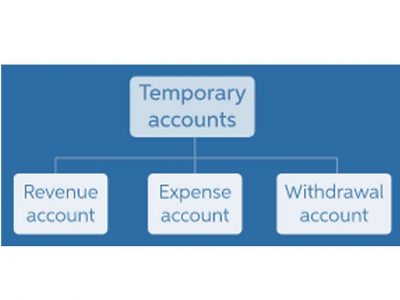
Purchases under a Periodic System
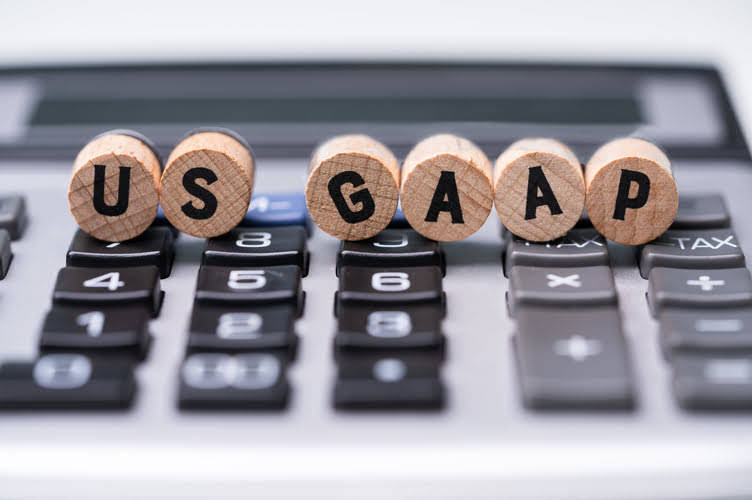
Assume that a retailer’s policy is to always pay a vendor’s legitimate invoice within the early payment discount period if such a discount is offered. Also assume that the retailer received a vendor’s invoice for $1,000 which has payment terms of 2/10, net 30 days. After reviewing and approving the invoice, the retailer will enter the invoice in its accounting records with a debit of $980 ($1,000 minus 2% discount) to Purchases or Inventory and a credit of $980 to Accounts Payable. If the retailer pays the vendor’s invoice within the 10-day early payment discount period, the retailer will record the payment with a debit of $980 to Accounts Payable and a credit of $980 to Cash. Some suppliers offer discounts of 1% or 2% from the sales invoice amount, if the invoice is paid in 10 days instead of the usual 30 days.
